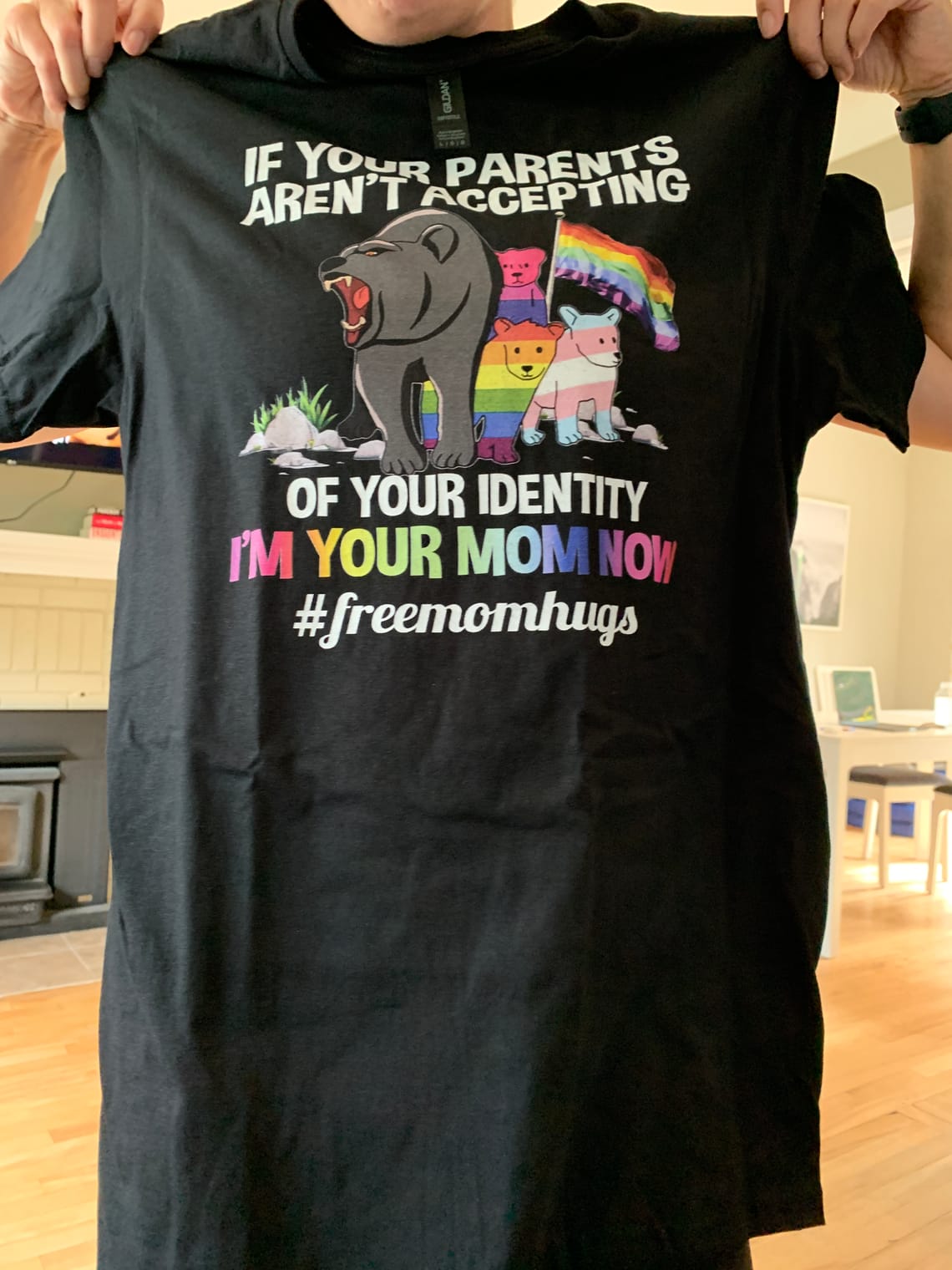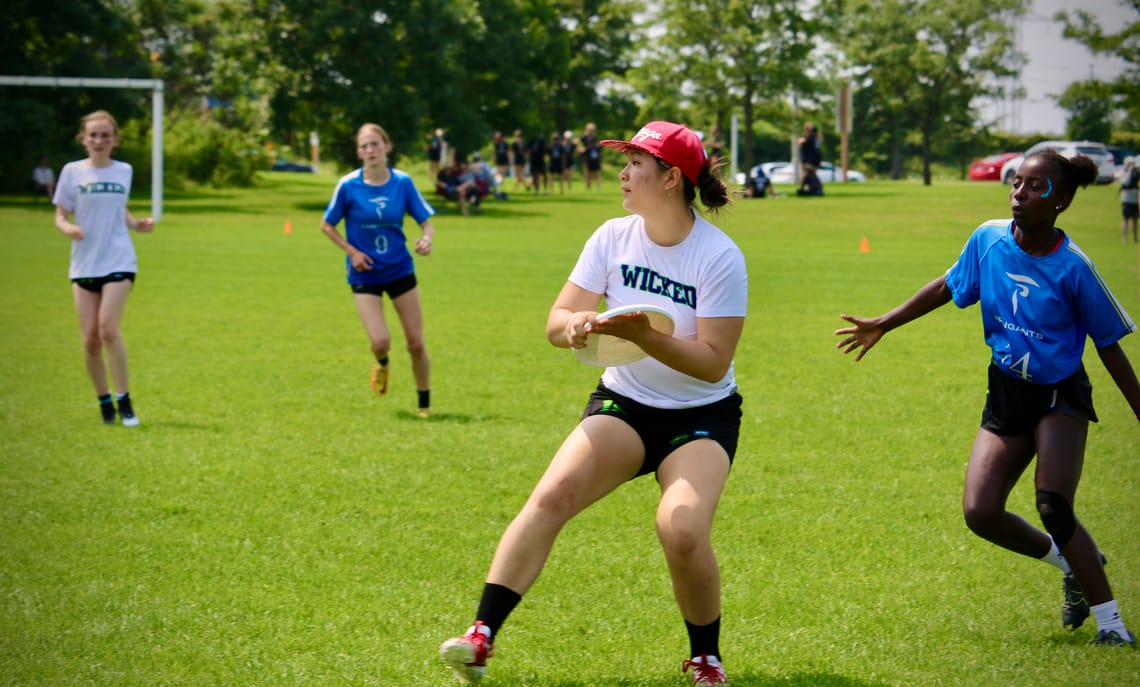One of the best aspects of homeschooling, other than freedom and flexibility to explore what interests your kids and the opportunity to take breaks when it’s nice outside or go on trips with your kids and a better sense of how they are progressing and plenty of other cool stuff besides, is that you learn how to keep them engaged with unfamiliar material they don’t care about.
Each kid is different, of course. But in my 12-year career as homeschooling parent I was struck by how well kids learn when there’s a story attached to the material. Not a boring, pretend scenario like those mind-melting HR-mandated cybersecurity compliance training modules. I mean real stories.
World history is a subject almost universally despised by students. It’s nothing but names and dates, with no reason why you’d care what the Code of Hammurabi was or in what century public sewers were invented.
My kids were no exception. Through trial and error I found two excellent sources that kept them at least interested, sometimes even enthralled: novelist John Green’s excellent Crash Course World History and Susan Wise Bauer’s Story of the World Series.
The downside of homeschooling, of course, is that it doesn’t scale very well. It was a struggle at times to keep all three engaged. I don’t even want to imagine how hard it must be to teach 28-30 kids at a time. This is your timely reminder that we don’t pay teachers nearly enough and that by keeping class sizes this big we’re systematically setting ourselves up for failure. No society has ever grown healthier and more prosperous by neglecting public education.
My 12 years of homeschooling cost me a lot professionally. It was tiring, too. But I am proud of what I was able to accomplish and I see today how giving those kids the kind of attention they never could have received in public school is beneficial to them.
Yes of course the kids had access to screens. They had laptops and my old iPhones (minus the phone capability; these devices were used as wifi-only mini-iPads). They were encouraged to look things up, watch documentaries or movies — anything, really, except kid shows like Dora the explorer, because those are too inane for words and also lack a narrative arc. When the kids had questions like “why is the sky blue?” I would ask them to go look for the answer first and come discuss their findings with me. That was a clever way to hide the fact that I had no fucking clue what made the sky blue…
Electronic devices are mighty useful and beyond trying to keep a healthy balance between screens and, say, unstructured outdoors play, I didn’t really police them.
Today the kids are all teenagers and while they use their phones a lot, they probably don’t use theirs as much as I use my devices. Of course I mostly use mine for work (no, really) but it’s a distinction without much difference. Very few people don’t use electronic devices. The trick is to have them be your servants, not your masters. And nobody can learn how to do that if they’re not free to experiment and make mistakes.
That’s just one reason why I’m against policies to take phones away from kids in school — in high-school, especially. As I wrote in my Ottawa Citizen column this week, no teenager ever became a better person through authoritarianism. And it’s particularly hypocritical for adults to rule teens’ phone use when most of us barely lift our noses up from our screens. Including when we’re with our kids.
Forced obedience is a poor substitute for respect. Treat teenagers like the smart young humans they are. You’ll be amazed how they respond.




